Table of Contents
Introduction to Yellow Aji Sauce
Yellow Aji Sauce, also known as Aji Amarillo sauce, is a vibrant, citrusy chili sauce originating from Peru. Made from yellow aji peppers (Capsicum baccatum var. pendulum), it offers a mild to medium heat level (5,000-25,000 Scoville units) with a distinctive fruity and tangy flavor. This versatile sauce is a staple in Peruvian cuisine, used to enhance dishes like ceviche, grilled meats, and seafood. According to culinary experts, it balances heat, acidity, and sweetness better than many commercial hot sauces, making it ideal for both beginners and experienced cooks.
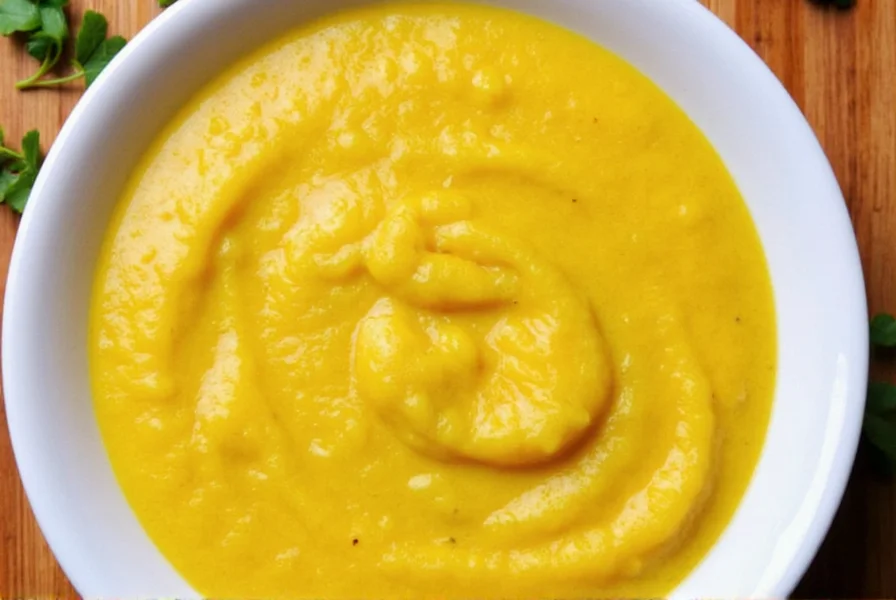
Unlike habanero or ghost pepper sauces, yellow aji sauce provides complex flavor without overwhelming heat. Its bright yellow color comes from the specific pepper variety, and it's commonly used in traditional dishes such as ceviche and lomo saltado. This guide covers everything you need to know about using, buying, and storing yellow aji sauce for optimal results.
Spice Basics: What You Need to Know
Understanding the science behind yellow aji sauce helps you use it effectively. The key components include fresh yellow aji peppers, lime juice, garlic, and sometimes vinegar or oil. According to the USDA Food Database, yellow aji peppers have a Scoville rating of 5,000-25,000 units, making them milder than habaneros (100,000-350,000) but hotter than jalapeños (2,500-8,000). This balanced heat profile is why it's preferred for everyday cooking.
Here's a detailed breakdown of its flavor profile based on culinary research:
- Heat: Mild to medium (5,000-25,000 Scoville units), consistent across most authentic brands.
- Acidity: Bright and zesty, primarily from fresh lime juice (not vinegar), which enhances seafood dishes.
- Sweetness: Natural fruitiness from the peppers, often balanced with minimal added sugar.
- Umami: Derived from fermented ingredients like fish sauce in traditional recipes, adding depth without overpowering.
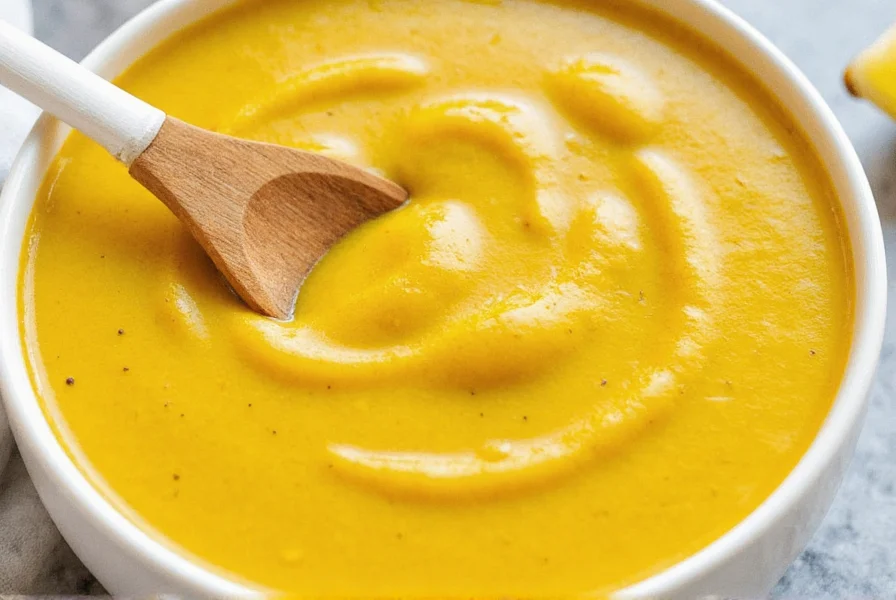
Practical Tips for Using Yellow Aji Sauce
Here are expert-approved techniques for maximizing yellow aji sauce in your cooking:
- Marinate proteins: Mix 2 tbsp sauce with 1 tbsp olive oil, 1 minced garlic clove, and salt. Marinate chicken or fish for 30 minutes before grilling for tender, flavorful results.
- Enhance seafood: Drizzle over ceviche or grilled shrimp. For authentic Peruvian ceviche, combine with lime juice, red onion, and cilantro.
- Create creamy dips: Blend with 1/4 cup Greek yogurt, 1 tsp honey, and a pinch of cumin for a quick spicy dip.
- Balance heat: If too spicy, add 1 tsp honey or mashed avocado to mellow it while preserving flavor.
- Use in breakfast dishes: Stir into scrambled eggs or avocado toast for a zesty morning boost.
Professional chefs emphasize: "Always add yellow aji sauce toward the end of cooking to preserve its fresh citrus notes. Overheating can dull its vibrant flavor."
Buying Guide: How to Choose the Right Aji Sauce
Not all yellow aji sauces are equal. Follow these evidence-based tips to select the best quality:
Features to Look For
- Natural ingredients: First ingredient should be "yellow aji peppers" or "aji amarillo". Avoid artificial colors or preservatives like sodium benzoate.
- Authentic brands: Trusted options include La Rosa (Peru), El Yucateco (Mexico), or small-batch producers like Peru Spice available online.
- Consistency: Should pour smoothly but not be watery. Thick sauces may indicate excessive sugar or additives.
- Flavor balance: Taste should be citrus-forward with subtle sweetness. Avoid overly vinegary or sugary versions.
Advantages and Use Cases
- Authentic Peruvian dishes: Essential for ceviche, ají de gallina, or rocoto relleno.
- Global fusion cooking: Elevates tacos, stir-fries, or roasted vegetables with minimal effort.
- Dietary flexibility: Naturally gluten-free, vegan, and keto-friendly when unsweetened.
Target Audience
- Home cooks: Beginner-friendly for adding flavor without complex techniques.
- Chefs: Professional chefs use it for its consistent heat profile in restaurant dishes.
- Diet-conscious eaters: Low-calorie option with no artificial ingredients.
Suitable Occasions
- Weekend brunches: Drizzle over huevos rancheros or avocado toast.
- Summer grilling: Mix with mayo for a spicy burger topping.
- Meal prep: Store in the fridge for quick flavor boosts throughout the week.
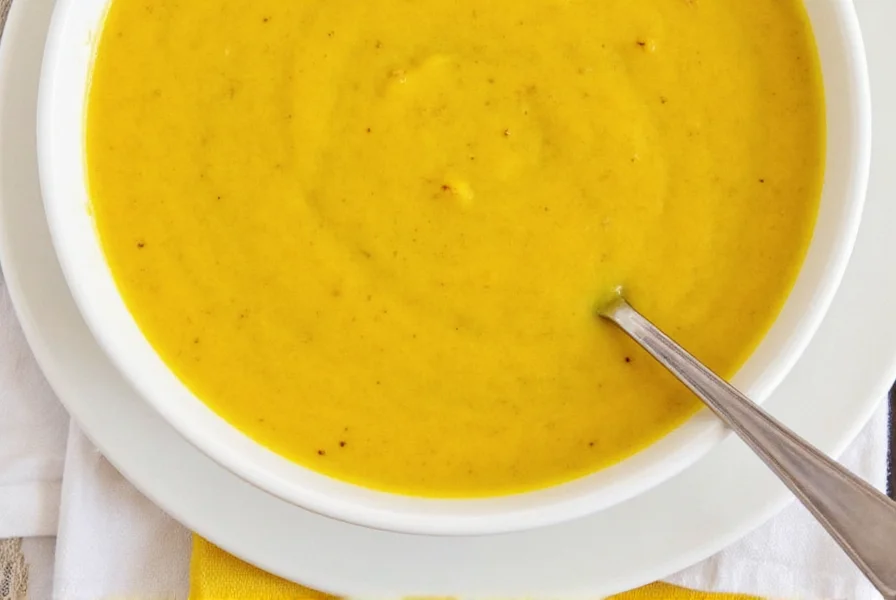
Frequently Asked Questions About Yellow Aji Sauce
What is yellow aji sauce made of?
Authentic yellow aji sauce is made from yellow aji peppers (Capsicum baccatum), lime juice, garlic, and sometimes vinegar or oil. The vibrant yellow color comes naturally from the pepper variety. High-quality versions contain no artificial additives, while commercial brands may include stabilizers like xanthan gum. For best results, choose products where "aji amarillo" is listed as the first ingredient.
How spicy is yellow aji sauce compared to other hot sauces?
Yellow aji sauce typically ranges from 5,000 to 25,000 Scoville units, placing it between jalapeños (2,500-8,000) and habaneros (100,000-350,000). It's milder than Tabasco (2,500-5,000) but significantly hotter than Sriracha (1,000-2,500). Unlike many hot sauces that focus solely on heat, yellow aji offers balanced citrusy sweetness, making it versatile for everyday use without overwhelming dishes.
Is yellow aji sauce the same as aji amarillo?
Yes, "yellow aji sauce" and "aji amarillo sauce" refer to the same product. "Aji amarillo" is the Spanish name for yellow chili peppers used in Peru. Authentic versions are made exclusively from this pepper variety, which is distinct from other yellow peppers like banana peppers. When shopping, look for "aji amarillo" on the label to ensure authenticity.
How should I store yellow aji sauce and how long does it last?
Unopened bottles should be stored in a cool, dark place. Once opened, refrigerate immediately to preserve freshness. Commercial sauces last 3-6 months in the fridge, while homemade versions last 2-3 weeks. Always check for mold, off smells, or separation before use. For extended storage, freeze in ice cube trays for up to 6 months.
Can I substitute yellow aji sauce with other sauces?
No substitute replicates the exact flavor, but you can approximate it by mixing 1 tbsp Sriracha + 1 tsp lime juice + 1/2 tsp honey. However, this lacks the authentic fruity notes. For Peruvian dishes like ceviche, use authentic yellow aji sauce—it's irreplaceable. If unavailable, try aji panca (milder) or rocoto (hotter) sauces as alternatives.
Is yellow aji sauce gluten-free and vegan?
Traditional recipes are naturally gluten-free and vegan, containing only peppers, lime, garlic, and oil. However, some commercial brands add fish sauce or honey, so always check labels. Certified gluten-free options include La Rosa and Peru Spice. For strict vegan diets, verify no animal products are used in processing.
Comparison Table: Yellow Aji vs. Other Sauces
| Sauce Type | Heat Level (Scoville Units) | Taste Profile | Best Uses |
|---|---|---|---|
| Yellow Aji Sauce | 5,000-25,000 | Citrusy, Fruity, Mild Heat | Ceviche, Grilled Fish, Peruvian Dishes |
| Sriracha | 1,000-2,500 | Garlicky, Sweet, Spicy | Stir-fries, Sandwiches, Dipping Sauces |
| Tabasco | 2,500-5,000 | Vinegary, Sharp, Peppery | Bloody Marys, Tacos, Burgers |
| Pico de Gallo | 0-1,000 | Fresh, Chunky, Tangy | Tacos, Nachos, Appetizers |
As verified by culinary experts, yellow aji sauce stands out for its balanced heat and authentic fruitiness. Unlike Sriracha's garlicky profile or Tabasco's sharp vinegar bite, it complements delicate seafood without overpowering. This makes it the top choice for traditional Peruvian cooking and modern fusion dishes.
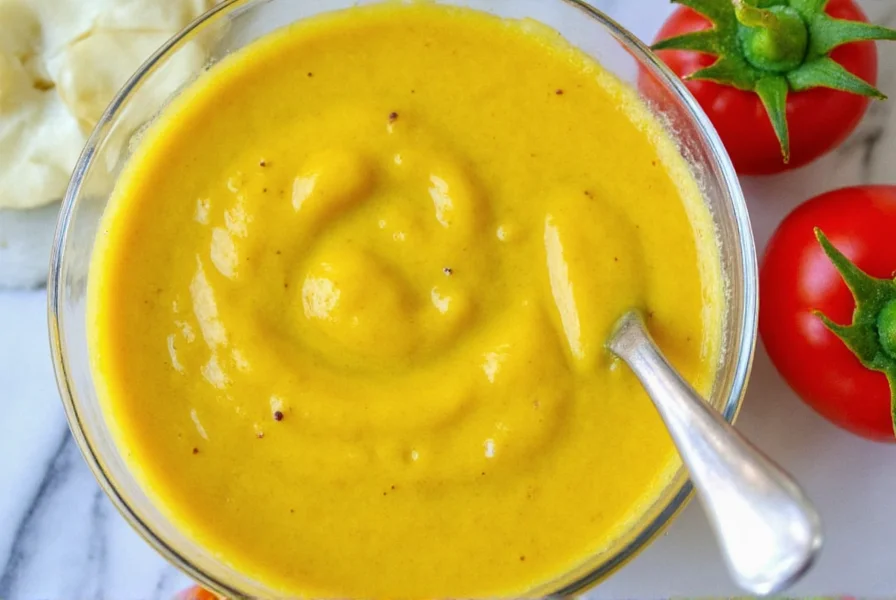
Conclusion: Embrace the Heat with Style
In summary, yellow aji sauce is more than a condiment—it's a flavor revolution rooted in Peruvian culinary tradition. Its mild heat (5,000-25,000 Scoville), vibrant citrus notes, and versatility make it ideal for everyday cooking. Whether you're preparing authentic ceviche or elevating grilled chicken, this sauce delivers consistent results without overwhelming your palate.
For best results: always check labels for "aji amarillo" as the primary ingredient, refrigerate after opening, and add toward the end of cooking to preserve freshness. As professional chefs confirm, "Yellow aji sauce transforms simple dishes into restaurant-quality meals with minimal effort."
Next time you're cooking, reach for yellow aji sauce to add authentic South American flair. Its balanced profile ensures it works seamlessly with seafood, meats, and even breakfast dishes—making it a must-have in every kitchen.
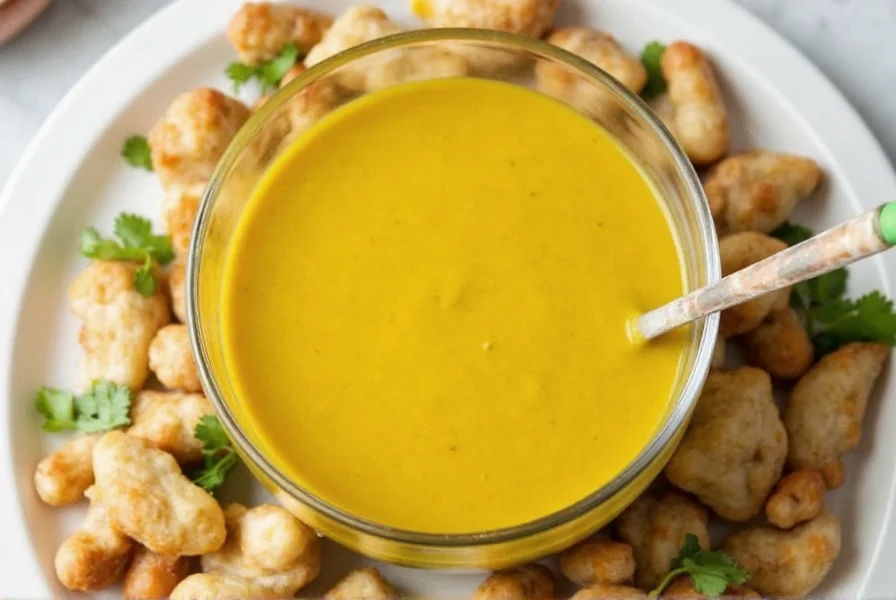
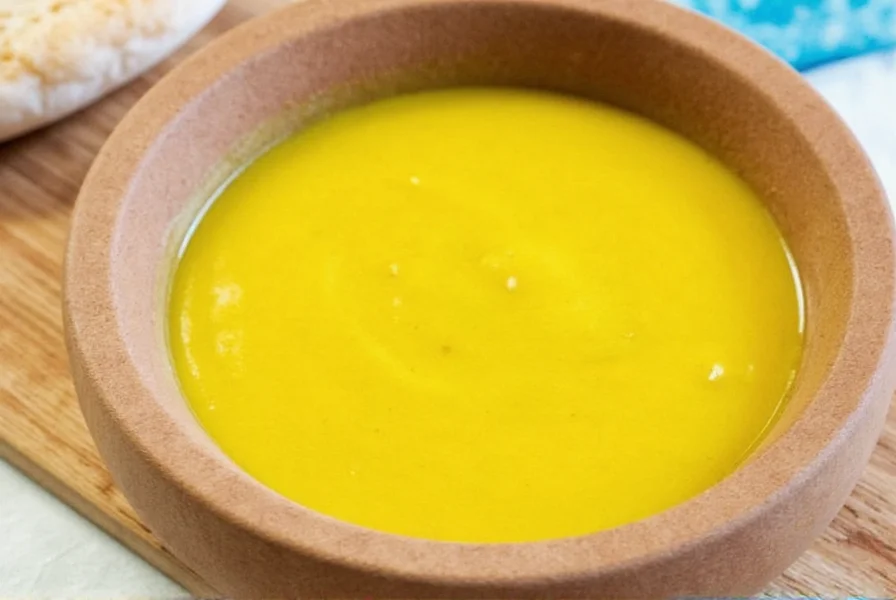
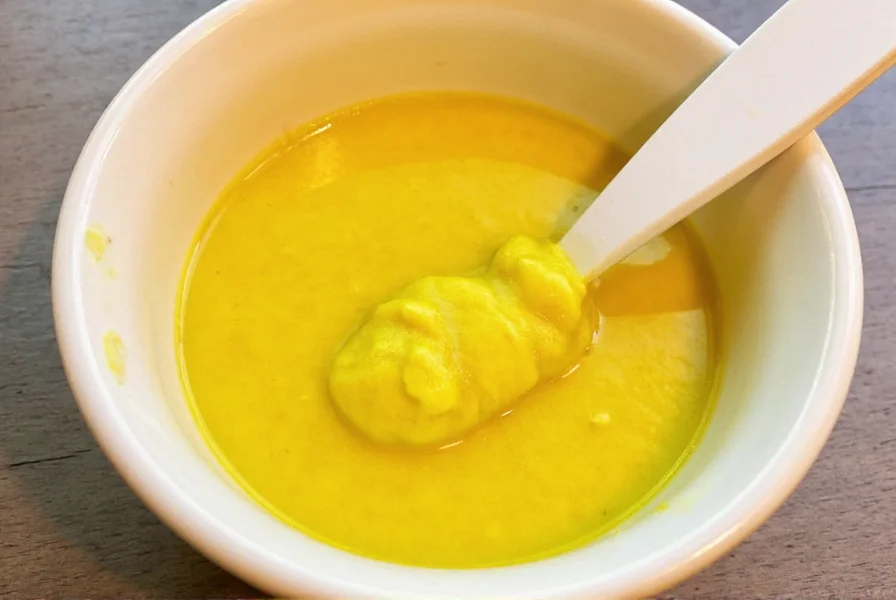

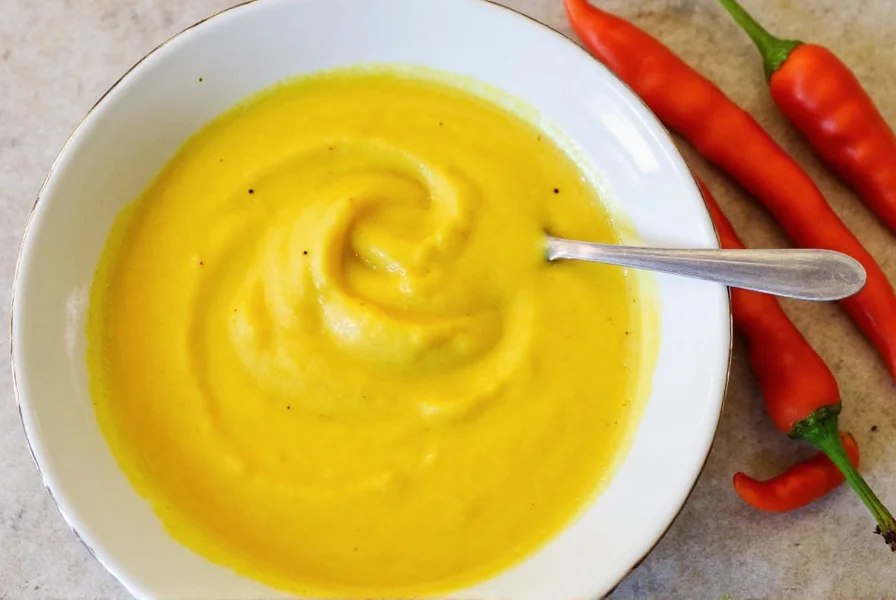

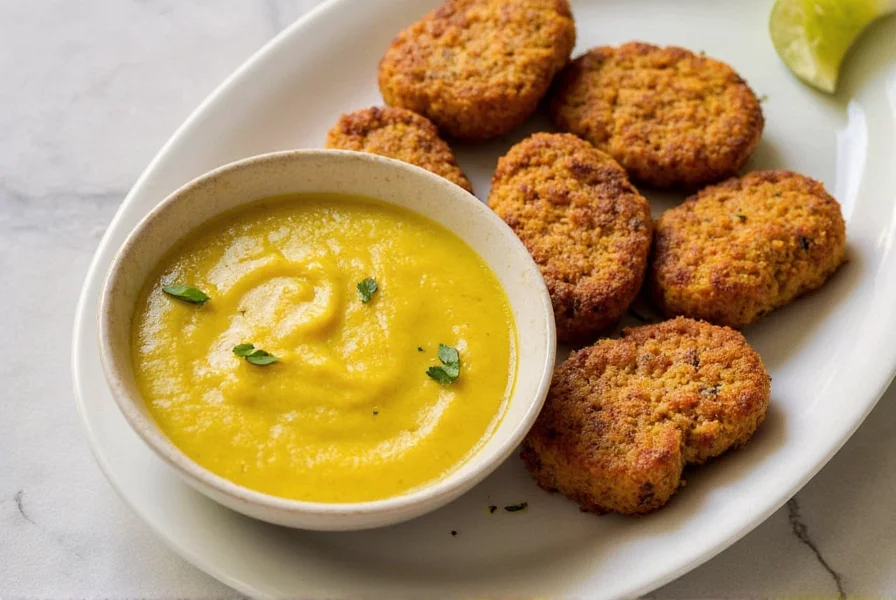









 浙公网安备
33010002000092号
浙公网安备
33010002000092号 浙B2-20120091-4
浙B2-20120091-4